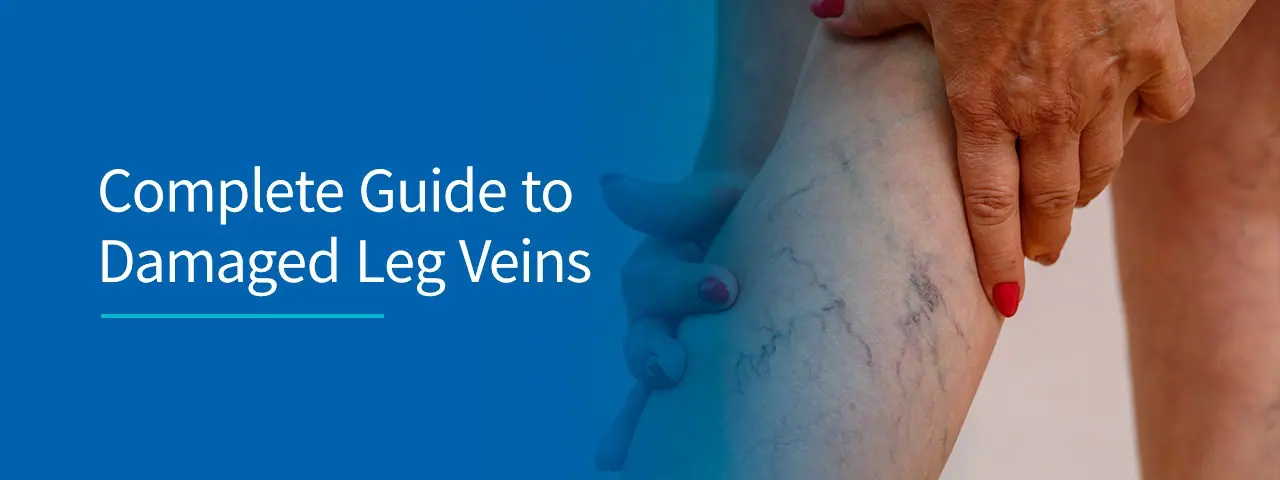
Venous ulcers are open wounds that form due to venous circulation issues. Also known as venous stasis ulcers, these skin conditions are common near the ankles or lower legs. Without proper treatment, venous ulcers will progress to larger and larger wounds. These wounds can become quite painful, are a source of infection, and are generally quite problematic to manage throughout daily activities. These ulcers require daily dressings to keep the wound clean and to minimize discomfort. These wounds are always associated with extensive swelling and fluid build-up so a strict program of swelling management is needed to decrease the pressure delivered to the skin.
Learn more about venous ulceration from Central Florida’s vein and vascular experts.
Venous ulcers come from pressure buildup in the legs from the vein system that when it reaches a critical point it is higher than the pressure delivering oxygen to the skin and thus causes skin layer death, skin breakdown, and the formation of an ulcer. Your leg veins have valves that control and lower your blood pressure as you move around. If these valves are damaged or have poor circulation, your blood pressure increases and forms hypertension in the legs. High blood pressure causes blood to pool in the lower legs, weakening the skin tissue and forming ulcers.
Leg veins need to send blood back up toward the heart. Otherwise, blood will collect and create pressure on your ankles every time you walk or run. There are many ways leg veins can become damaged or overworked, including:
Venous stasis ulceration results from circulation issues, so the best way to prevent them is to increase your blood flow. You can improve your vein function and circulation by adopting healthy habits — a few lifestyle changes may be the key to preventing venous ulcers. We recommend:
If you develop venous ulcers, there are quite a few options for medical care. Your physician will address both the internal circulation issue and the external wound. Venous stasis ulcer treatment can include physical therapy, compression stockings and regular exercise. To care for the ulcer itself, your doctor may recommend:
To prevent venous ulceration from getting worse, watch for early signs. Many patients notice swelling, itching or hardened skin before a wound forms on the ankle.
Venous ulceration should not go untreated, as it is a physical sign of deeper circulation issues. A physical infection could complicate the issue and require more serious treatment methods. Call your doctor if you notice any of the following venous ulcer symptoms:
At Central Florida Vein and Vascular Center, we offer a wide range of services to treat and prevent venous ulcers. Our expert staff has the experience and tools to help patients recover from venous or circulation-based issues. Using venous stasis ulcer diagnostic tests, we can identify the root of the problem and provide the resources to fix it.
Every patient who walks through our doors has different needs. We offer individualized treatment that fits your budget and quickly gets you back on your feet. As Central Florida’s resource for vein and vascular treatment, we are well-equipped to handle any of your needs. If you’re experiencing pain or discomfort in your lower legs, call our team at 407-545-3385 or 352-658-5547.